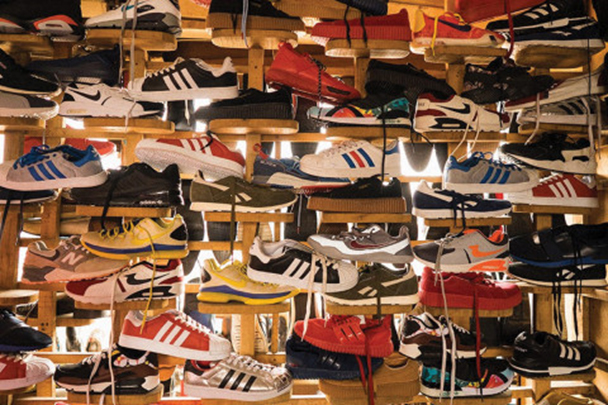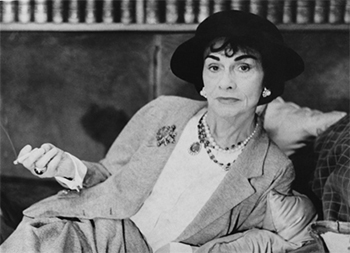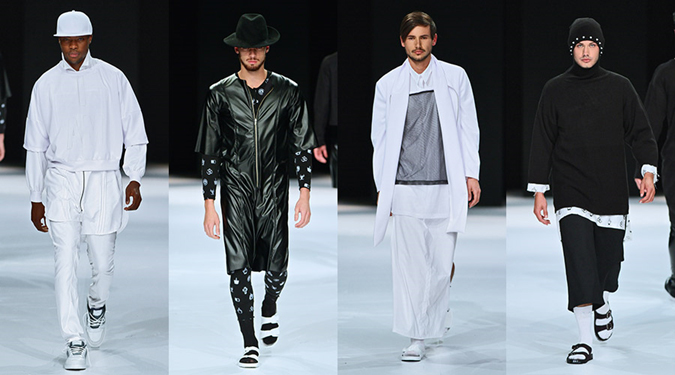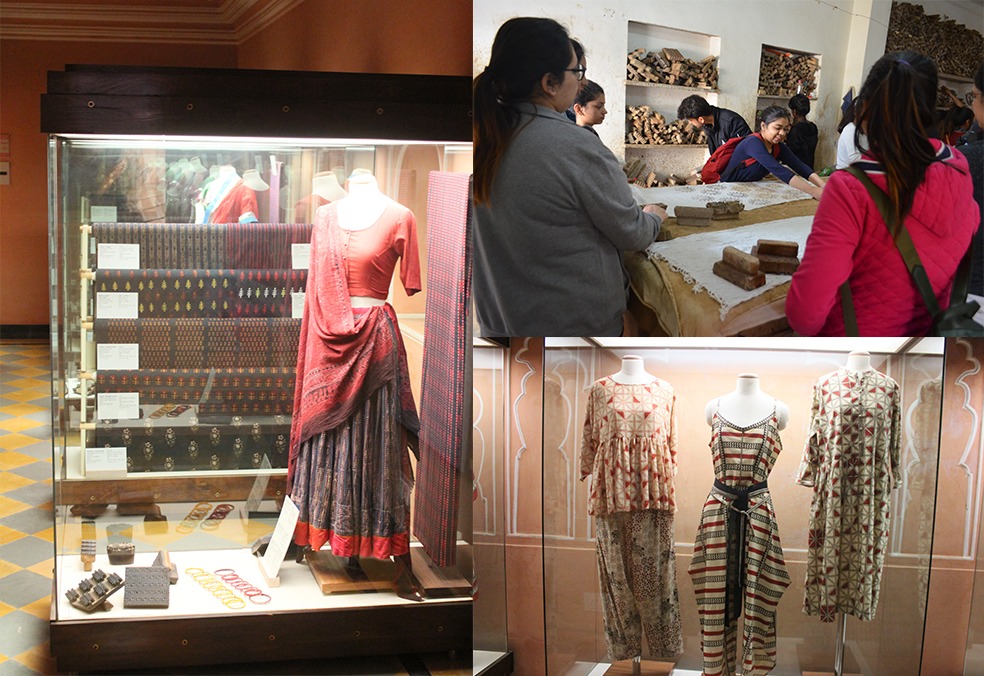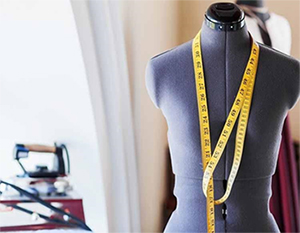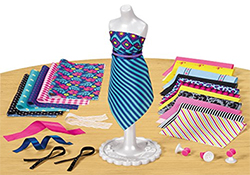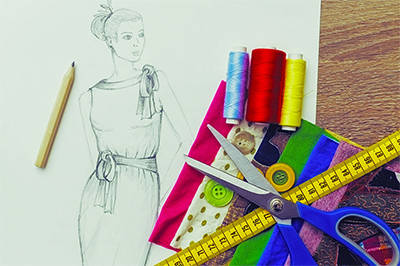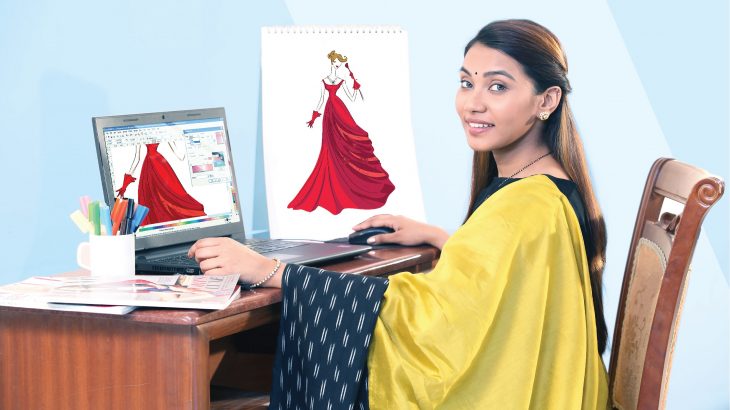Counterfeiting as a business is a question in itself, whether it is a success or a failure. But if we analyze it technically the process has it’s own wide sector in the world which is moving on day by day basically with a success because at some point it is taking place as a substitute. In this fashion world, we have designers who work hard to get their names and fame in the society. As these aspects of their lives grow, the prices of the products grow as well with the class.
Counterfeiting plays an important role for the people as the consumers who want to buy with the affordability 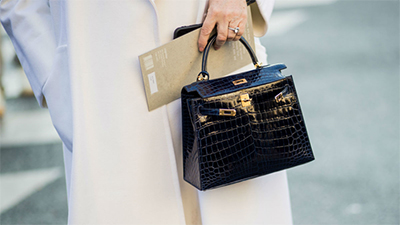 are okay with a bit change. On the other side this process also gives the kick to the other designers to develop the original idea more and showcase it with their name. This connection between both the designers increases the zeal where they have to invent more out of the box ideas to maintain their place in the society. So basically there are two types of the designers we have in this society. The one who is the ‘inventor’ , creates it all with the mind he has and the other who is the ‘developer’ who finds out what could be added or subtracted in it to make it his own idea. This situation creates a business in it’s own at the time when the developer enters as the consumers also get new options and the creator has the challenge to prove himself again on the next stage and this cycle goes on and on.
are okay with a bit change. On the other side this process also gives the kick to the other designers to develop the original idea more and showcase it with their name. This connection between both the designers increases the zeal where they have to invent more out of the box ideas to maintain their place in the society. So basically there are two types of the designers we have in this society. The one who is the ‘inventor’ , creates it all with the mind he has and the other who is the ‘developer’ who finds out what could be added or subtracted in it to make it his own idea. This situation creates a business in it’s own at the time when the developer enters as the consumers also get new options and the creator has the challenge to prove himself again on the next stage and this cycle goes on and on.
Counterfeiting might sound wrong as a business but if we look in depth it is an everyday kick for the society to move ahead in this business. We cannot term anything right or wrong in business as for an entrepreneur this is the main challenge that if he is able to find any benefit for the business in that wrong side as well that day will be when the tables will turn to the right.
for the society to move ahead in this business. We cannot term anything right or wrong in business as for an entrepreneur this is the main challenge that if he is able to find any benefit for the business in that wrong side as well that day will be when the tables will turn to the right.
Coco Chanel was once asked if she is afraid that the world is copying her designs and her business can be in trouble and that day with a smile she replied,
“ I’ll be afraid the day when people will stop copying.”
The meaning behind the line was, the people will only stop copying it when they will stop liking it and thinking that now it is not worthy enough for them and their business. So the whole concept is not bad for anyone, it is only us who take it in an offensive manner because we do not realize that this is our biggest achievement that we are growing and giving a path to grow others also and even they cannot deny it. A situation where you rule your sector efficiently.
Ritika Raj
BBA-FE (2017-2020)

